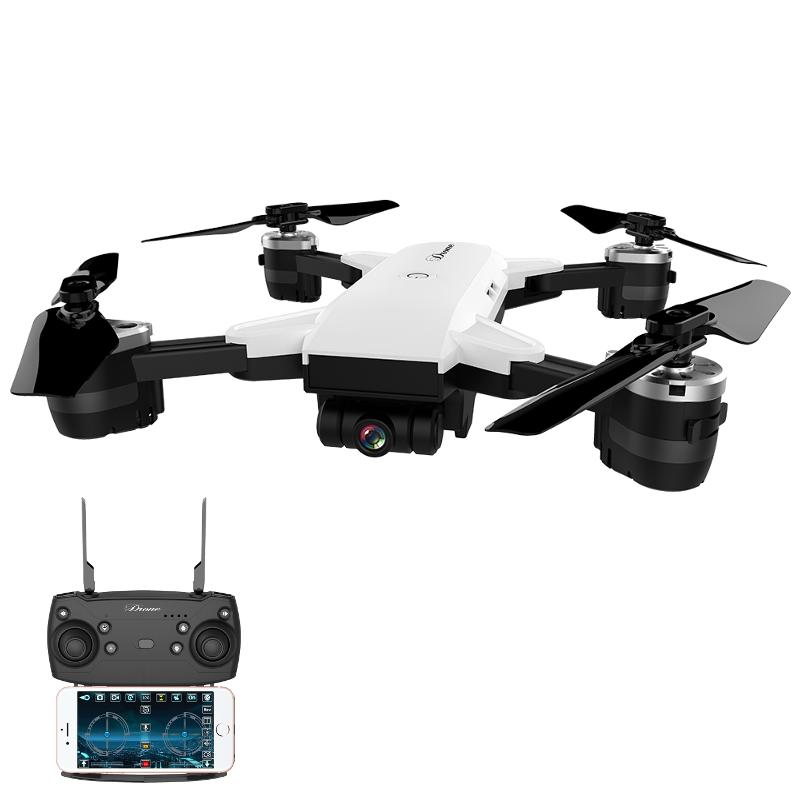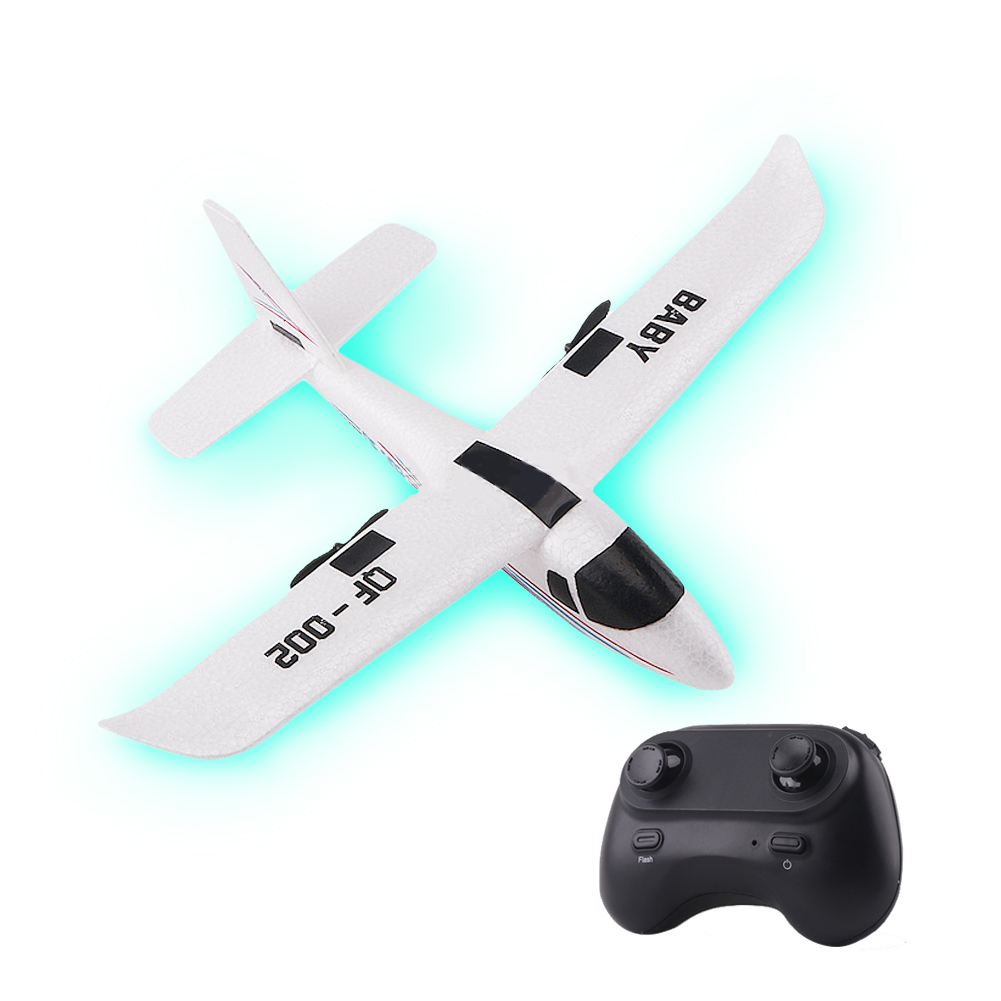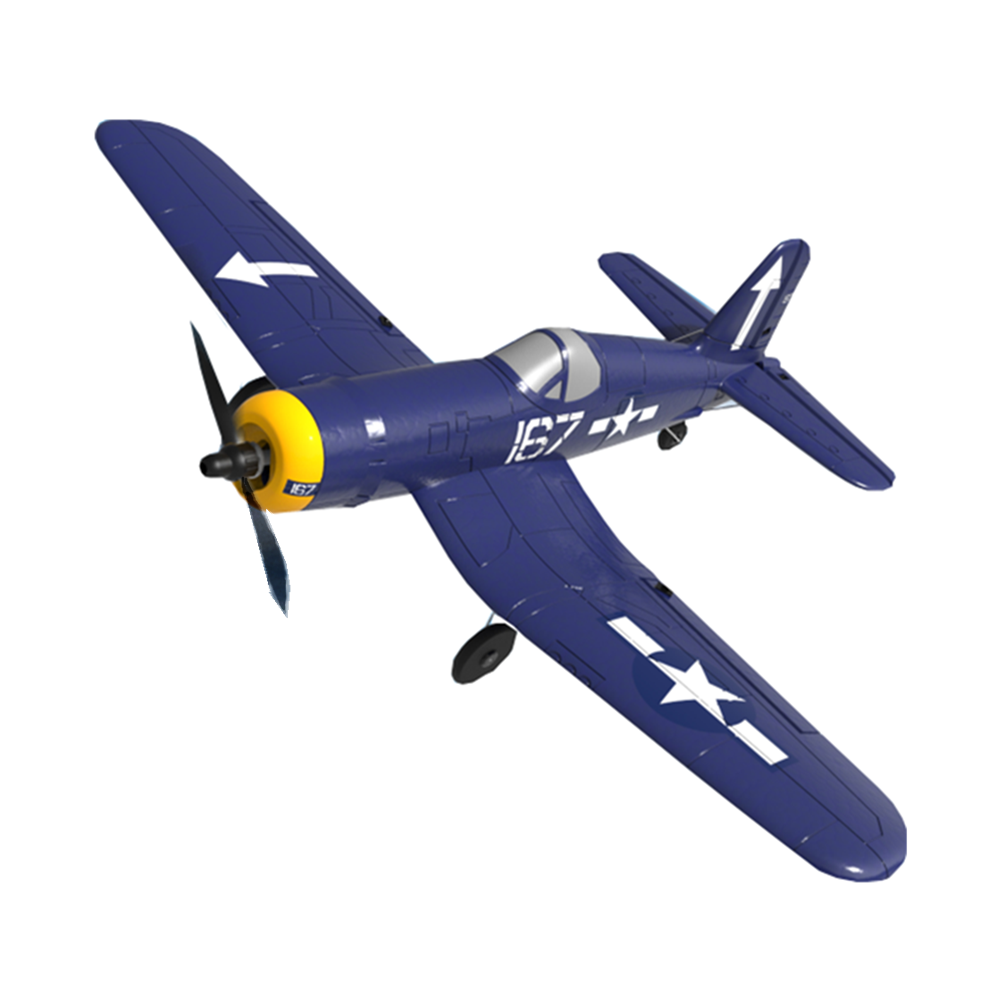I've been a test pilot for the Saaba JA-37 Viggen lately. The plane is made by Anders Lejczak (3D model & textures) and Nikolai V. Chr. (Aerodynamics, animations, sound, effects, HUD, coding), and can be downloaded here.
Now have to bear in mind this plane is under development, and I probably don't make a good test pilot.
Because:
Now have to bear in mind this plane is under development, and I probably don't make a good test pilot.
Because:
...I kept crashing it.
Testing is done at KOAK, and embarrassingly, I never really left the airport compound and poked three holes in the area.
So, a little about the plane, for the brave souls who would like to try it out. First off, I wasn't able to control it with a keyboard, I'm sure others have better luck doing so, but the developer did recommend it would be better with a joystick. It requires a long runway, and afterburner takeoffs are recommended.
Being in development there are some minor issues with it, such as afterburner sound stuttering and all, hoping that it would eventually be fixed.
UPDATE : 30th May 2014 - I found the reason why I can't fly it. With a keyboard, the "5" key to reset all controls to center is not there, and because there is also no standard HUD I am not aware the plane controls doesn't reset when I hit "5" on the numeric pad. This explains why the plane is unflyable, as I kept thinking I had reset the controls. (It didn't help that the jet gave impressions that the center key was pressed when I do so mid-turn). Once I found out, and flew with a mouse, the plane was actually completely flyable. I contacted the author of the FDM about this and he said it's been fixed in a new version. I will try it out and blog about it.
Model :
While the FDM is being sorted out (I'm confident it will be), I will talk about the model. It's a nice model, with nice livery, you have two sets of livery with it, one is the standard gray (I can not remember the names of the liveries!) and the other has a nice camouflage scheme that I quite like. The HUD is standard, showing altitude, attitude indicator and angle of attack, but I can not say how accurate this is to the real jet though, because I hardly know about Saab JA-37 Viggens. The cockpit is a bit sparse at the moment, but all the necessary items for flying are there to use, and with the radar screen(?) in the middle like all jet fighters should have.
Crashing :
I feel I should write about crashing it because I am already an expert. I don't know how others fly it with a keyboard, but I can't, and the jet seemingly won't respond to my key commands. So I just lose control and crash into the ground. The crash not only have an explosion sound effect, it also has the pilot gasping his last breaths. Hmm. Becaue I am an expert at crashing the plane, I came to dread hearing it . My last few flights, when losing control and about to crash, I just pause and quickly reset it. Didn't want to hear another pilot getting killed :) .









